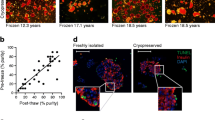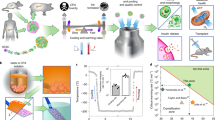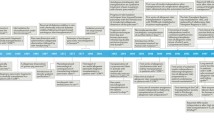Abstract
Cryopreservation is the only available technique for long-term storage of pancreatic islets. The freezing/thawing protocol may cause considerable loss of viable islet tissue and impair its function in vivo. The aim of this study was to investigate glucose and insulin levels after transplantation of fresh and cryo/thawed rat islets. Rat pancreatic islets were isolated following intraductal collagenase injection and Ficoll gradient purification. After isolation, islets were cultured for 24 h and then either transplanted or frozen after stepwise addition of DMSO according to Rajotte et al. and stored in liquid nitrogen. After rapid thawing islets were stepwise transferred into RPMI medium and cultured for another 24 h. The recipients were athymic mice with streptozotocine-induced diabetes. Two hundred fresh (n=13) or cryo/thawed (n=15) islets were transplanted beneath the renal capsule. Glucose levels were measured for 14 days and blood samples for insulin determination were obtained 15 min after i.p. glucagon (10 mg/kg) administration on day 14. Glucose levels were normalized (<9 mmol/l) in all recipients within 3 days since transplantation. On day 14, mean fasting values±SE in fresh and cryo/thawed islet groups were 4.0±0.6 and 4.4±0.4 mmol/l, respectively (P>0.05). Fasting insulin levels were higher in the cryo/thaw than in the fresh islet group (1.67±0.33 vs 0.57±0.13 ng/ml; P<0.01). Post-glucagon levels did not differ significantly (1.45±0.24 vs 0.86±0.24 ng/ml; P=0.06). While glucagon significantly increased insulin levels (P<0.01) in the fresh islet group, no change in insulin levels was observed (P>0.05) in the cryo/thaw group. Immunohistochemical staining demonstrated fragmentation of viable islet tissue which was more apparent in the cryo/thaw group. We conclude that in a short-term study cryo/thawed rat islets produce higher insulin levels than fresh islets transplanted into nude mice. This may be due to better islet survival or loss of feed-back regulation.
Similar content being viewed by others
Author information
Authors and Affiliations
Rights and permissions
About this article
Cite this article
Saudek, F., , E., Karasová, L. et al. Increased glucagon-stimulated insulin secretion of cryopreserved rat islets transplanted into nude mice. J Mol Med 77, 107–110 (1999). https://doi.org/10.1007/s001090050313
Issue Date:
DOI: https://doi.org/10.1007/s001090050313




